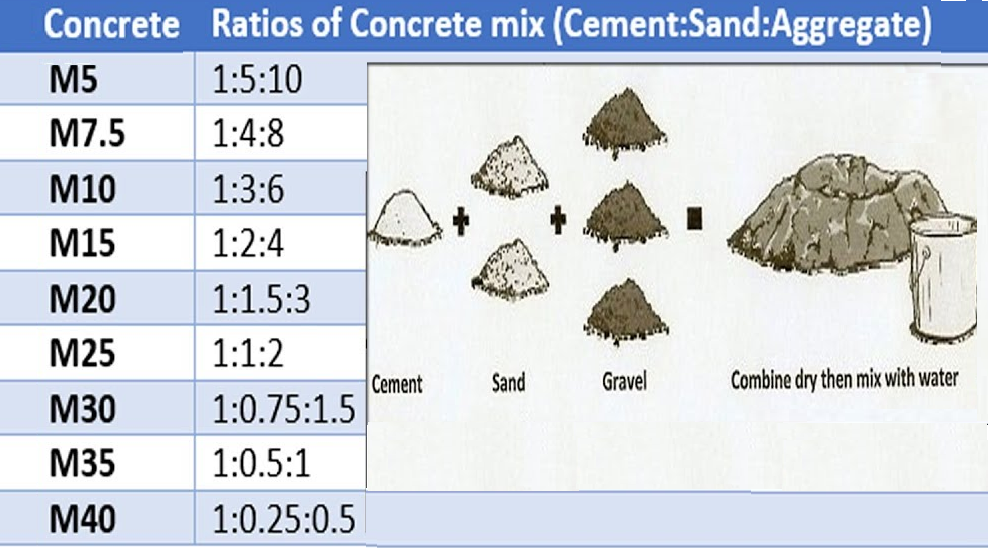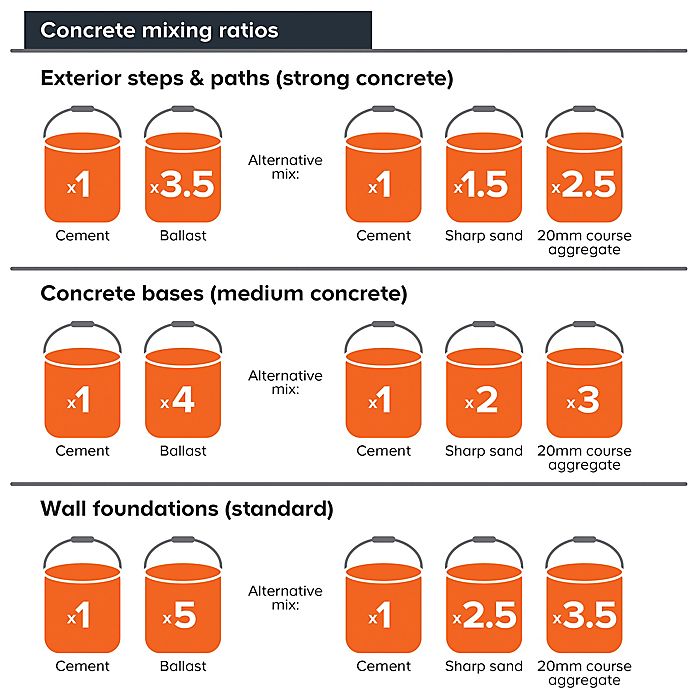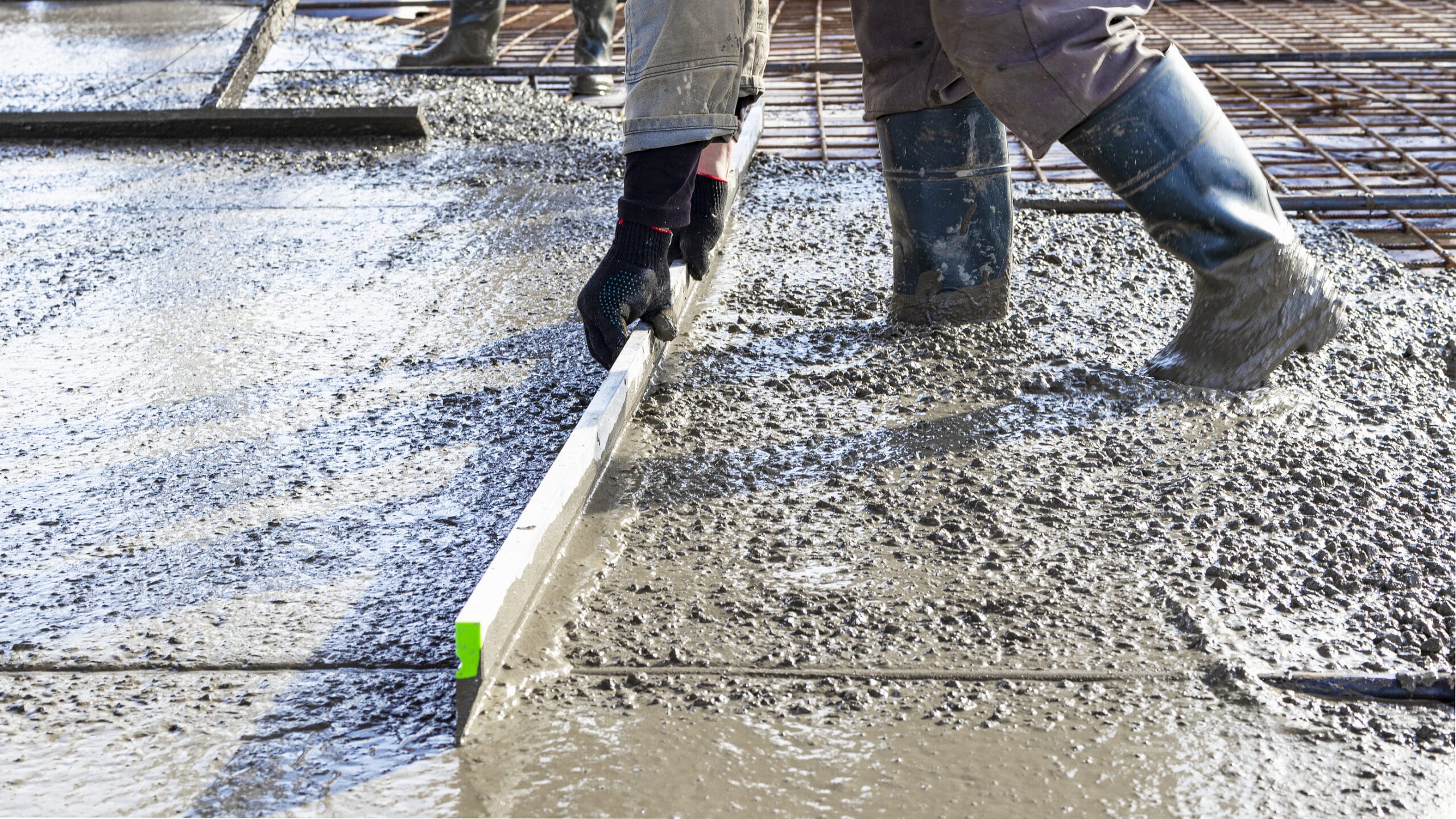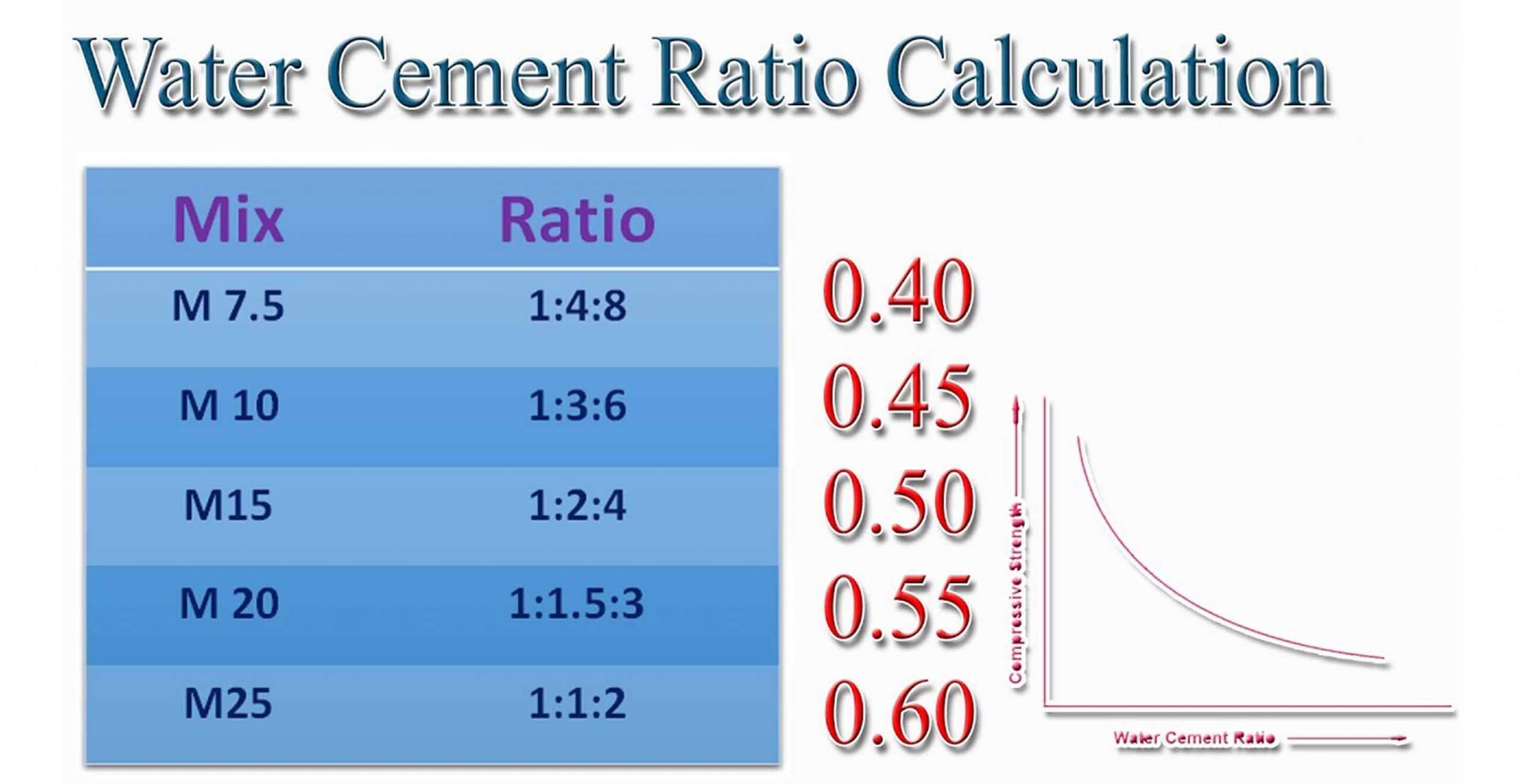
How much ballast and cement do i need for 1m3 concrete YouTube
This ratio is used for most general construction projects, such as building walls, slabs, foundations, and driveways. If you are using a stronger mix, such as 1:2:3, which has a higher cement to ballast ratio, you will need approximately nine to ten bags of cement for a 25kg bag of ballast.
Aci Mix Design Tables
C30 concrete mix ratio using ballast. Particular cement to ballast mix ratio to create C30 grade of concrete should be 1:4 (1 part of cement mix to 4 parts of ballast. Ballast is premix of sharp sand and course gravel or aggregate. This concrete is a common commercial concrete mix typically used for outdoor projects such as pavements. C35.

CEMENT MORTAR MIX RATIO AND ITS APPLICATION LCETED mixratio YouTube
Mixing 1 part cement to 6 parts ballast creates concrete suitable for driveways, paths and patios, and increasing the ratio to 1:8 gives foundation-strength concrete. It is of course possible to add other materials to increase the strength of the concrete - these often include steel reinforcing bars ("rebar"). Concrete Mix Ratio Using Ballast

How much ballast need to mix concrete
This can be quite a subjective topic as the quantity required can vary depending on the construction project and the preferred concrete mix ratios. A rough rule of thumb is to use a 6:1 ratio of ballast to cement for making concrete. Conclusion. In conclusion, ballast is far more than just a mix of sand and gravel.

Grades Of Concrete Ratio of Concrete Mix Cement Sand Aggregate Civil Engineering
Ballast is an aggregate made from a mixture of stone, gravel, and sharp sand. It is the main ingredient in general purpose concrete and is often used for landscaping jobs. It is supplied pre-blended and is ready to mix with water and cement. Ballast should contain a 2:1 ratio of stone and gravel to sharp sand.

Concrete Mix Ratio Types, Grades & Designs Daily Civil
metric These Concrete Calculators work out the required cement and all-in ballast or cement, sharp sand and gravel required to complete a user defined volume of finished concrete. Both concrete calculators make an allowance for the fact that ballast etc losses volume when mixed to make concrete.
Mixing cement with 10mm gravel?. DIYnot Forums
ballast belle cement mixer concrete cadplan New Member I'm needing to mix a small amount of concrete for porch foundations, I've got an Belle Minimix 150 and planning to use 14mm ballast. The ballast is available as 20 kg bags. Would a 6:1 ballast to cement ratio be suitable?

What is the strongest concrete mix ratio?
Cement - 1 part Sand (fine aggregate) - 2 parts Gravel (coarse aggregate) - 4 parts When premixed ballast is required, then 6 parts are required for 1 part of cement. Ideally, the water to be used should be 55 percent of the net weight of the cement if all other materials will be delivered absolutely dry.

Cement, mortar and concrete buying guide Ideas & Advice DIY at B&Q
Ready-Mix Concrete Types I Mixing Ballast Concrete Ratio July 14, 2023 by K-Zan Contents hide 1 Introduction 2 What Is Ready Mix Concrete? 2.1 Pre-mixed ready-mix concrete 2.2 Volumetric ready-mix concrete 2.3 Advantages of ready-mix concrete over manual mixing 3 Determining the Right Type of Ready Mix Concrete

Water Cement Ratio in Concrete YouTube
6 parts pre mixed ballast 1 part cement In an ideal world, where everything is delivered dry, a water to cement ratio of approximately 0.55 should be used. As we have explained above, if requiring 25kg of cement in your mix, then to calulate the suggested volume of water it would be: 25 x 0.55 = 13.75kg (litres) of water.

How much cement sand & aggregate required for M10 concrete Civil Sir
The ratio of cement to ballast can also vary depending on the strength and density of the final concrete product. For example, a standard concrete mix of 1:2:4 (1 part cement, 2 parts ballast, 4 parts sand) would require approximately 7 bags of cement per ton of ballast.

Concrete Ballast Calculator Formulas & Mix Ratio Help
Calculate the Ratio of Cement and Ballast from this Volume. To calculate the weight of ballast and cement needed, we first need to know the total weight of the final product, being the concrete. In general concrete weights about 2400kg per cubic meter, this is known as the density of concrete.

Water Cement Ratio Calculation Engineering Discoveries
A standard ballast cement mix ratio is 1 part cement to 5 part ballast for making concrete for the driveway and pathway. It is also possible to use a mix ratio of 1:4 or 1:6 in heavy construction. Concrete mix ratio using Ballast Using the concrete mix ratio 1:5 for slabs of concrete panels requires specific high strength concrete mixes.

Different Grade Of Concrete and water Cement Ratio Types of Concrete All About Civil
Concrete ballast or aggregates, which provide the bulk, increases the strength of the concrete and improves its properties to suit its application. Ballast for concrete comprises of coarse materials like sharp sand, gravel, and limestone. Concrete ballast or aggregates make up the bulk of the cement mix.

How to Calculate Water Cement Ratio for Concrete Civil Calculations YouTube
Ballast sand is a term used for a blend of sand, small stones, and gravel. It is a type of aggregate that will be used within construction for two main purposes. The type of sand used is normally sharp sand, which is a gritty type of sand that is popularly used for concrete mixes and loosening clay soil.

Concrete Ballast Calculator Formulas & Mix Ratio Help
Calculate the volume: The first step is to figure out the volume of your floor area, which will be length (l) x width (w) x depth (d). So, if you have a 1 metre long, 1 metre wide and 2-metre deep area, the 1 x 1 x 2 formula gives you 2 cubic metres.